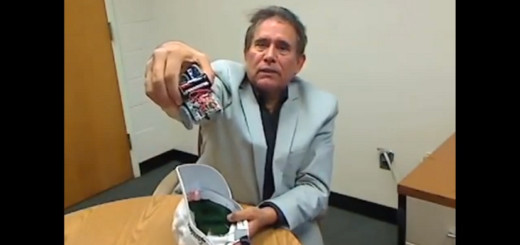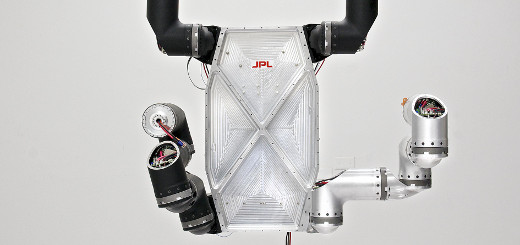NASA’s Curiosity completes first 2-day autonomous drive
NASA’s Curiosity rover has to be very, very careful when driving around Mars because if it gets stuck in a ditch, no friendly drivers will be passing by to tow it out.
That’s essentially what happened to Curiosity’s predecessor Spirit, which NASA was forced to give up on in 2011. So it’s interesting to hear that Curiosity achieved a milestone this week by completing its first two-day autonomous drive.
The rover’s autonomous navigation software allows it to safely drive across terrain that hasn’t been evaluated by human rover operators. It’s based on a program called Field D*, originally developed at Carnegie Mellon’s Robotics Institute and used on a number of autonomous vehicles created by the university.
“Autonomous navigation already has made it possible for the rover to extend its range each day, continuing to operate beyond the area we have been able to evaluate in advance,” Mark Maimone, a rover driver at NASA’s Jet Propulsion Laboratory, said in a release from Carnegie Mellon. “But what really matters is how far we can drive between planning cycles. Autonomous drives over multiple days will allow Curiosity to keep moving, even on weekends and holidays when staff members aren’t available.”
Although the high-level planning software was available to the Opportunity and Spirit rovers starting in 2006, it was rarely used. Maimone said that is starting to change.
“Now that the science team has decided to hightail it to Mount Sharp, we have to look for ways to cover more distance,” Maimone said in the release, “so Curiosity is now making greater use of autonomous navigation. Curiosity has already added nearly 500 meters to her odometer using autonomous navigation.”
Maimone earned his Ph.D. in computer science at Carnegie Mellon and worked as a post-doctoral fellow at the Robotics Institute, which is no longer actively involved in the Curiosity program. For more on how the navigation system works, check out Carnegie Mellon’s complete release.
[ photo courtesy of NASA/JPL-Caltech/Malin Space Science Systems ]



